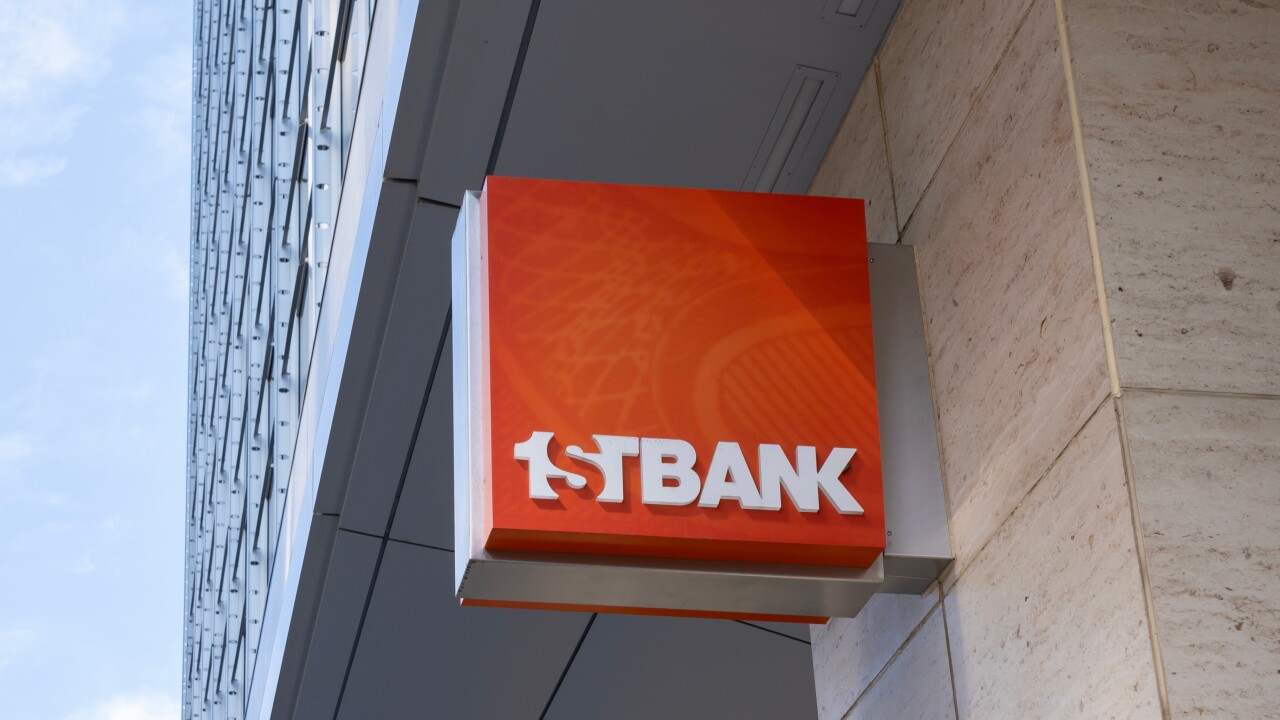What good is having a mobile point of sale (mPOS) device if retailers glue it to the countertop? In
Merchants have been mesmerized by the low cost of mobile devices and have simply used them to replace fixed POS units, and then go on to use them the exact same way, said IHL CEO Greg Buzek.
"Where mPOSand tablets in particularhave been the most popular is in new mom and pop retailers. You can get a tablet POS with software for less than $100 a month. Contrast that to $3,000-$7,000 up front for a traditional POS," Buzek said. "Many of these retailers simply purchase these tablet POS, fix them to a stand (Square, Clover, ShopKeep) and then run them like a traditional POS."
A stationary terminal is often cheaper to operate over time, but low cost of entry of mobile hardware is more compelling as a sales pitch, particularly to smaller stores, he said. "The reason they have mPOS is more due to freeing up much needed startup capital for other items," Buzek said. "Its pretty compelling to only have to pay $100 or less up front if you are retailer just starting out. And capital is at such a premium for new retailers."
But these mobile devices can do much more than operate as cheap countertop devices. Businesses use them for line-busting and inventory lookups, as well as enabling merchants to complete sales outside the confines of their stores.
There are, however, practical limitations to some of these use cases. Many of the small retailers that use mPOS devices have stores with very small footprints, for example, or they may not have a need to track inventory at multiple locations.
"There is no real benefit of walking around with it in a small store unless you have the back-end systems to support upselling," Buzek said. "Most of retail is still about putting things in bags at the end of the transaction That requires a counter to do it well."
The IHL report is projecting an mPOS compounded annual growth rate of 21% through 2019, with much of the growth coming from enterprise-level customers. Tablets are expected to increase at 27.6% CAGR through 2019, outpacing rugged handheld devices 9.2% CAGR and non-rugged handheld devices such as iPhones at 12.8% CAGR, the report said.
Enterprise customers see an entirely different use case for mobile point of sale hardware, the report said. Larger companies use mobile to complement their stationary terminals, rather than replace them outright. "As such, the mPOS is truly mobile," the report said.
But despite the projected growth, mPOS device makers must overcome several near-term hurdles, such as the U.S. card networks' timeline for EMV-chip card acceptance. Many EMV-capable mPOS solutions are "kludgy," the report said, and adopting a true mobile sales strategy may even require redesigning the layout of the store.
Another factor: retailers are trying to unify all of their commerce systemsmPOS, e-commerce and stationary terminalsand they want to complete the back-end programming and testing before making serious investments in mPOS technology.
But many retailers are eager to duplicate the finesse with which Apple sells its products throughout its stores, and the enthusiasm of CEOs who have visited Apple stores is driving the adoption of mobile technology. These retailers will have to figure out how to sell their own products which are often more cumbersome than iPods and iPhones in their aisles as well as contend with their legacy technology, the report said.





